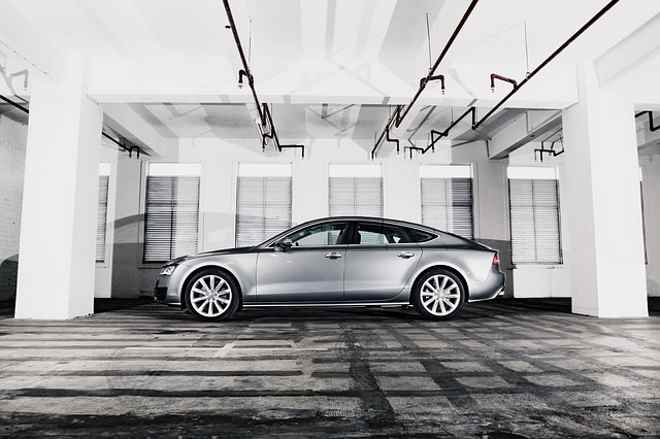Shifting Gears: Torque Vectoring and its Impact on Driving Performance
When it comes to enhancing vehicle performance, one technology that's often overlooked but plays a crucial role is torque vectoring. This advanced driving technology, which controls the distribution of torque to individual wheels, is changing the game. Let's delve into the world of torque vectoring and uncover how it's reshaping the driving experience.

A Glimpse into the World of Torque Vectoring
Torque vectoring, a term that emerged in the automotive industry in the late 1980s, is a system that controls the power sent to a vehicle’s wheels. Initially, it was a technology exclusive to high-performance cars. However, due to its vast potential for improving handling and safety, it started gaining widespread adoption by the mid-2000s.
How Torque Vectoring Works and Its Benefits
Torque vectoring works through a series of sensors and complex algorithms. These sensors monitor various parameters, such as wheel speed, steering angle, and throttle position. The data gathered is processed by the vehicle’s Electronic Control Unit (ECU), which then manipulates the distribution of torque to individual wheels to improve grip, stability, and performance.
The benefits of torque vectoring are manifold. It dramatically enhances vehicle handling, making it easier to tackle corners at higher speeds. Moreover, it also improves safety by preventing understeer or oversteer, which are common causes of accidents.
Torque Vectoring and the Modern Automotive Industry
Today, torque vectoring technology is at the forefront of the automotive industry. It’s being integrated into various vehicle segments, from luxury sedans to off-road SUVs, enhancing performance and safety. Moreover, the technology is also being adopted in motorsport events like Formula 1, where it provides a competitive edge by improving lap times.
Challenges and the Future of Torque Vectoring
Despite its numerous benefits, integrating torque vectoring into a vehicle is no easy task. It requires sophisticated software and hardware, which can increase the cost of the vehicle. Additionally, the system adds weight to the vehicle, which can affect fuel efficiency.
Nevertheless, the future of torque vectoring is promising. Automotive companies are continuously innovating to overcome these challenges. Moreover, the advent of electric vehicles, which have individual electric motors for each wheel, opens up new possibilities for torque vectoring technology.
Conclusion
Torque vectoring is an exciting technology that offers a tangible improvement in driving performance and safety. It’s a testament to the relentless innovation in the automotive industry. Although it comes with its challenges, the potential benefits it offers make it a technology worth watching. As we move toward an era of electric and self-driving vehicles, torque vectoring is set to play an even more critical role in shaping our driving experience.






